Naseberry Fruit The Jamaican Sapodilla
The Jamaican naseberry fruit, also known as sapodilla, is a tropical fruit native to the Caribbean and Central America.
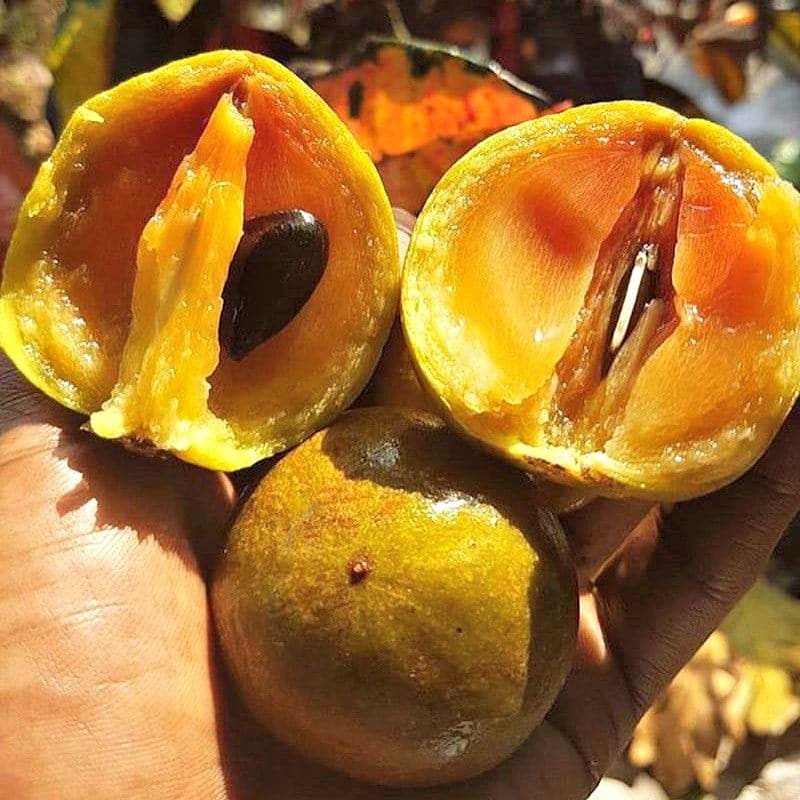
But the fruit is also grown in other tropical regions such a Asia and India.
In Jamaica the fruit is known as naseberry, or neeseberry as we Jamaican pronounced it.
The fruit varies in shape, size and colour.
Some naseberries are round, some are oval, and may be 4 to 8 aches in diameter.
The skin of the naseberry fruit is brown and has a sandpaper like texture.

The flesh colour varies from dark brown, reddish brown to a yellowish colour with black flat seeds in its centre.
Naseberry is a very sweet tasting fruit.
I’ve read somewhere that a former prime minster of Guyana once coined “only a woman is sweeter than naseberry.”
The fruit has a very fragrant aroma, which is just as sweet as the taste.
How To Eat Jamaican Naseberry
The naseberry fruit is eaten only when it is ripe.
Simple give the fruit a little squeeze if it is soft you can eat it. If naseberry is hard it is not ready.

In Jamaican, to most common way to eat the fruit, is to pick it from the tree and bite straight into its sweet flesh.
The skin of the fruit just as edible as its flesh. But because the skin is a bit rough it may be better to peel it before you eat it.
Whenever you are eating naseberry be careful of its flat egg shaped seed that can easily slide down your throat.
I have swallowed a few seeds by accident. It is best to slice the fruit in half or quarter, remove the seeds then eat it.
Benefits
Naseberries contain a great number of nutritional benefits including high fibre, iron, protein and carbohydrates.

It is also rich in antioxidant that fight free radical in the body that causes colds and flu.
The fruit also contain a high amount of antioxidant vitamins like vitamin-C and vitamin-A, which helps to boost the immune system.
Sources have shown that health benefits are not limited to nutritional benefits alone.
Because the fruit also contain anti-inflammatory properties that helps with issues like irritating bowel disorders and to prevent cancer.
The Jamaican naseberry tree is slowing growing but can grow up to over 100 feet high.
In Jamaica, the fruit is in season between the end of February and early May, so if you are ever there during this time sure to try the naseberry. You will love it.
Why not read about other fruits you would find in Jamaica.
Related Post:

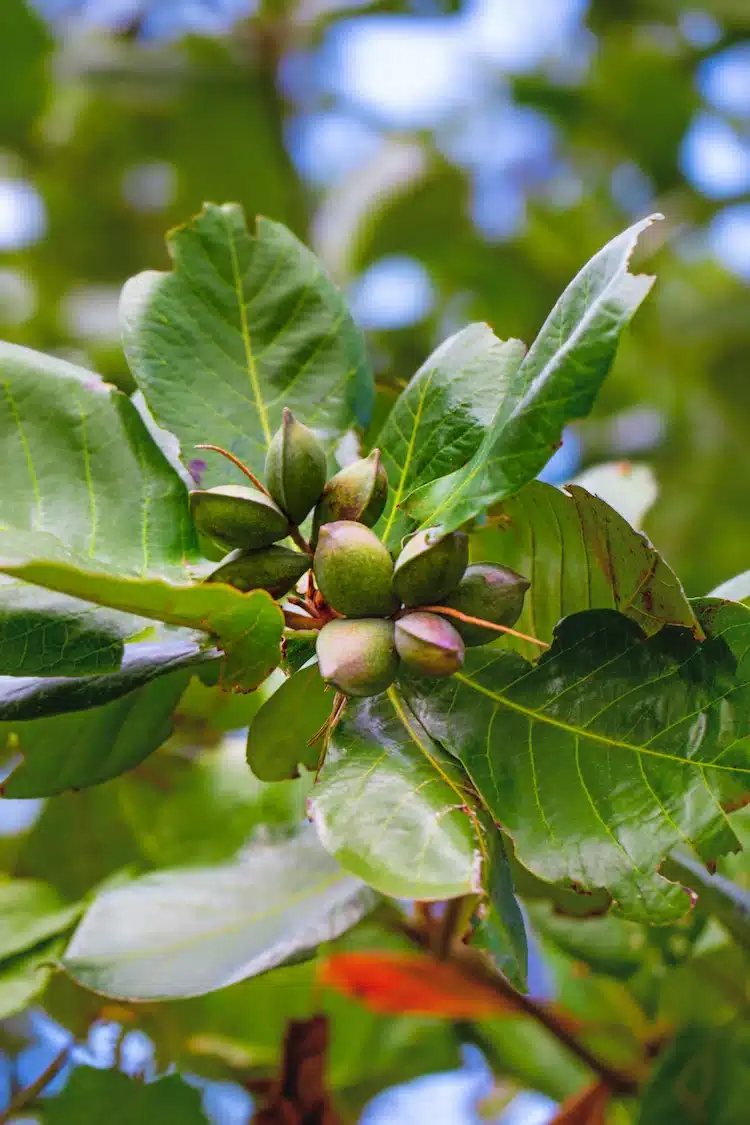
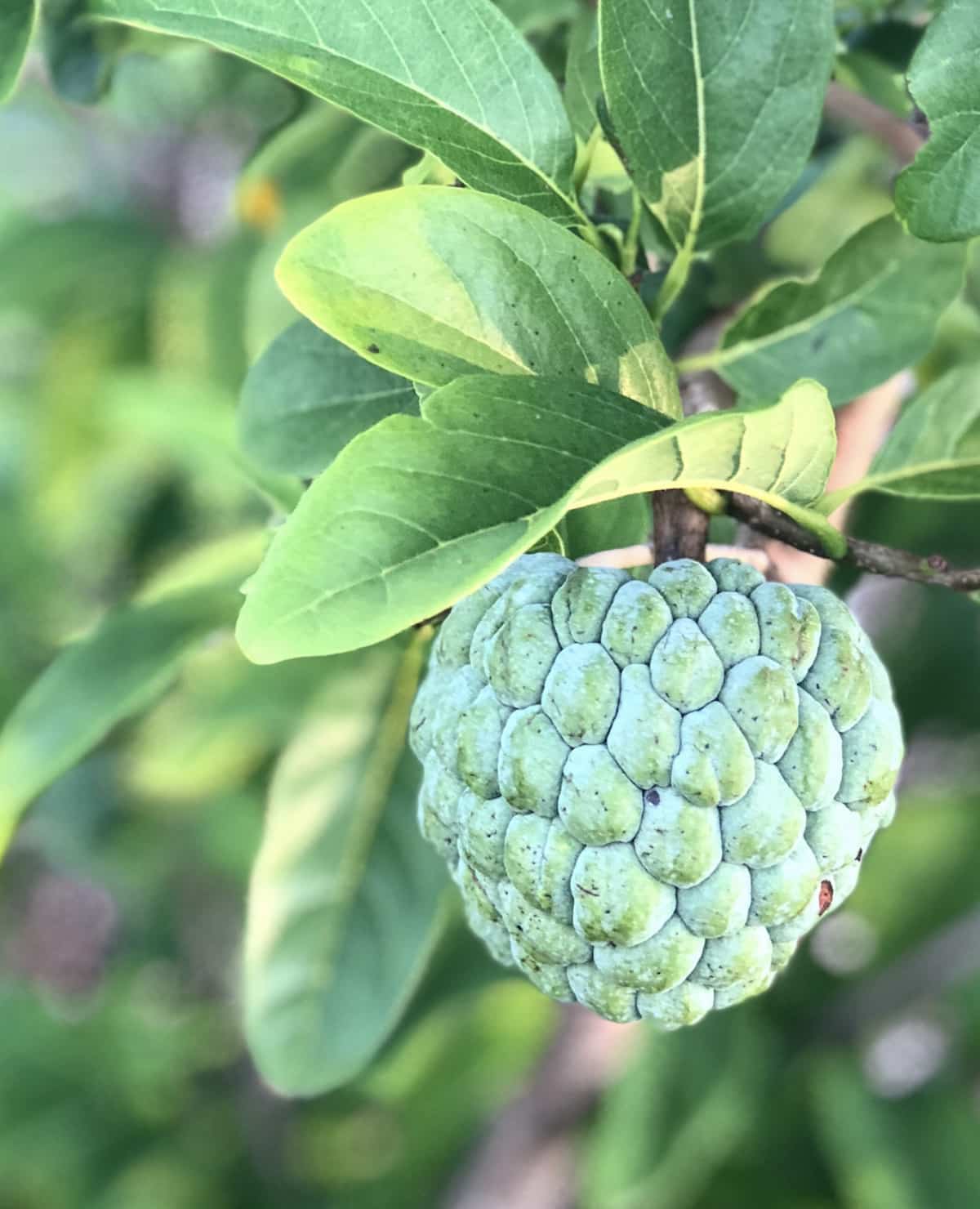
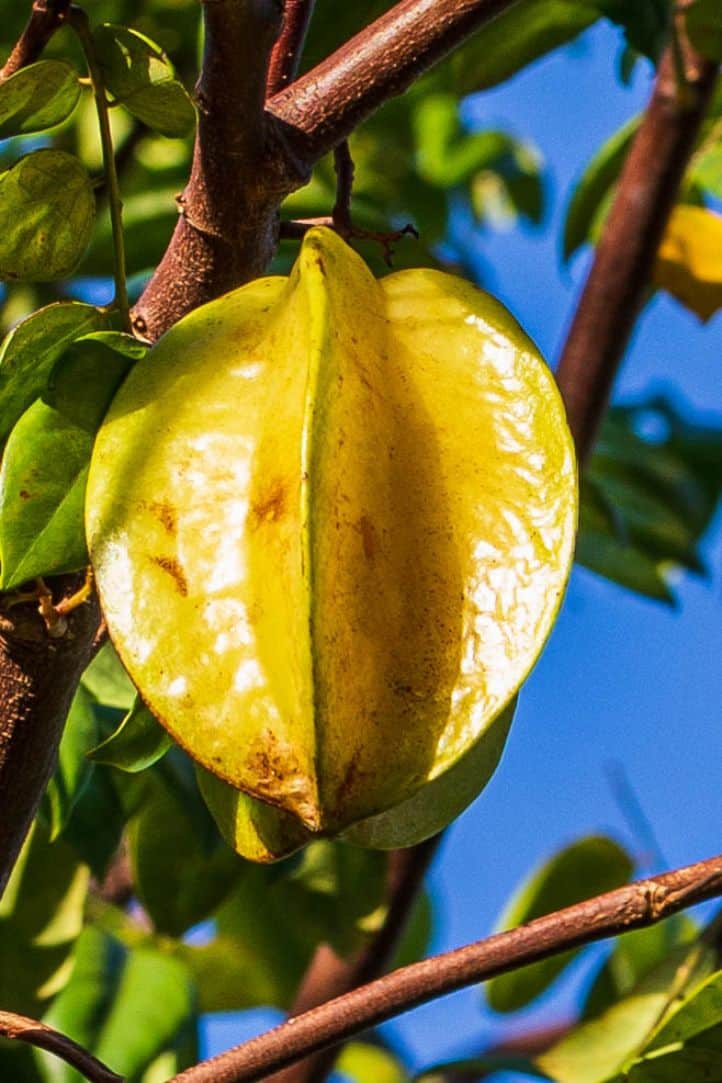
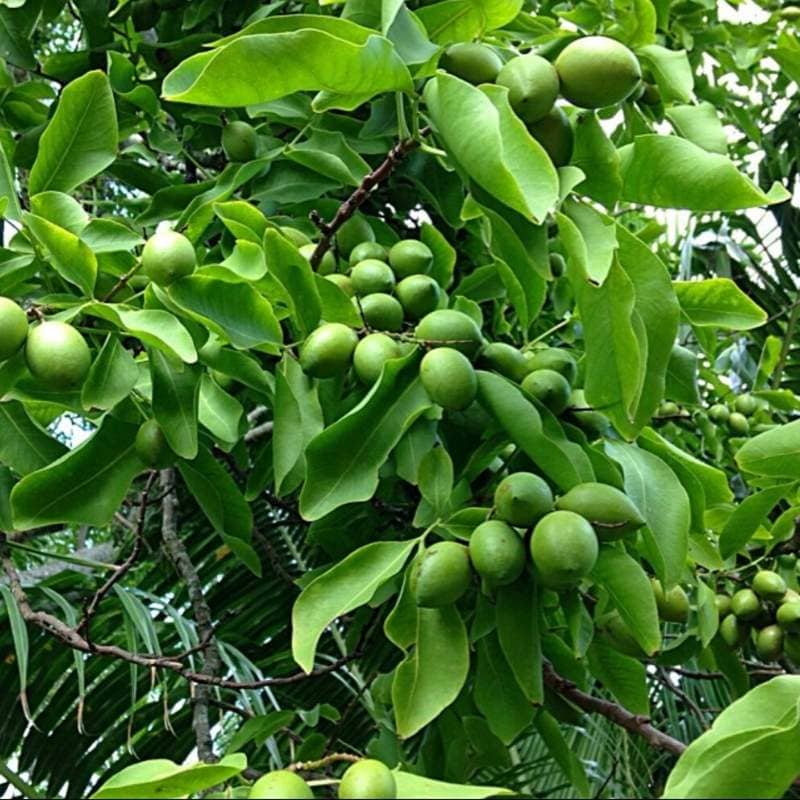
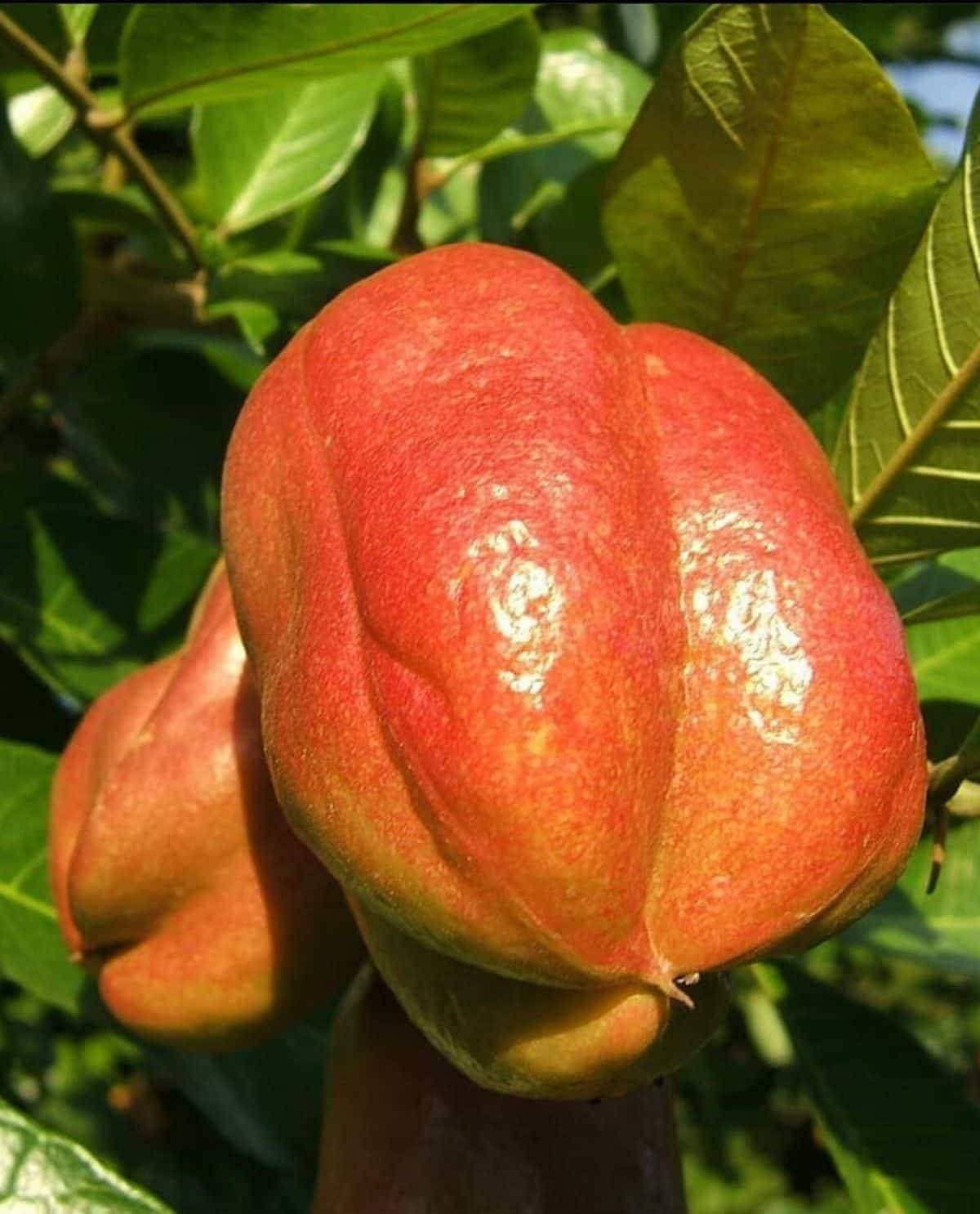
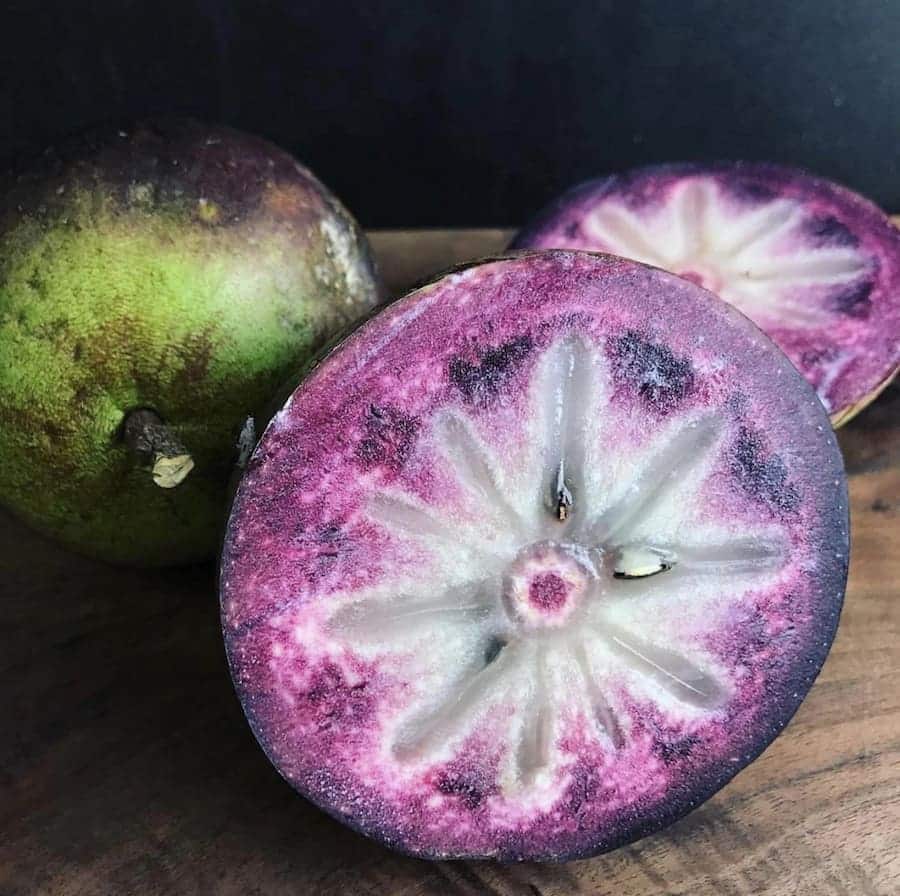
Thank you for the information on naseberry and sweet sop. By chance do you know where I can get some seedlings to purchase? I would love to plant a few on my property in St James.
There is a lot of naseberry in the Barton’s St Catherine area.
At what altitudes do the naseberry trees grow best Lesa?
Do u know what the leafs r good for please let me know
Where can I purchase the naseberry fruit.
Where in the USA can I get nesberry plant to buy
Greetings
I have 2 Neeseberry trees and lots of fruit. Are there recipes for this fruit and can you make jam or jelly with them.